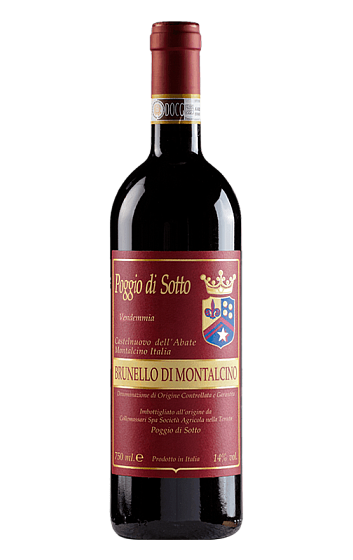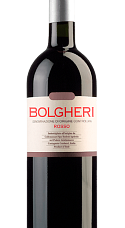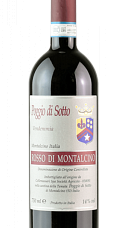Poggio di Sotto Brunello Di Montalcino 2020
Descripción
El Brunello di Montalcino Poggio di Sotto siempre ha sido considerado uno de los grandes referentes de la denominación toscana. Las uvas Sangiovese con las que se elabora proceden de diversos viñedos de la zona de Castelnuovo dell'Abate, en el valle del río Orcia. Se trata de un vino que, año tras año, ha obtenido el reconocimiento de la crítica especializada y que, en su añada 2018, se distingue más por su finura y elegancia que por su musculatura.
Ficha técnica
Cata
Viñedo y elaboración
Opinión de los críticos
Very much still a baby at the time of my tasting, the Poggio di Sotto 2020 Brunello di Montalcino shares many similarities with the epic 2016 vintage in terms of its pretty perfumes and polished length. However, this elegant wine does not have the same sheer inner power. This bottle ultimately offers a fresh and charming interpretation of Sangiovese. This is a delicate wine with floral aromas, wild rose, crushed stone and white cherry. Aged in large Slavonian oak casks, it requires more time to flesh out. Harvest started the last week of August and finished the first week of October, which represents a conscious decision to start picking earlier than most. The vineyards are planted on schistic galestro soils, and that territorial imprint comes through strongly in all of these wines. I love that refreshing hint of lemon rind or navel orange at the very end.
Restrained strawberries and cherries, with a touch of lavender and a lot of licorice. Super juicy on the palate with thick, chalky tannins at the moment, yet they are balanced by supple, sweet fruit. Medium- to full-bodied with a very savory aftertaste. Though pleasant, it’s not fully ready to drink now, and there’s a lot of potential for the long haul.













Esta añada no tiene valoraciones todavía. Pincha en las otras añadas para ver sus valoraciones.